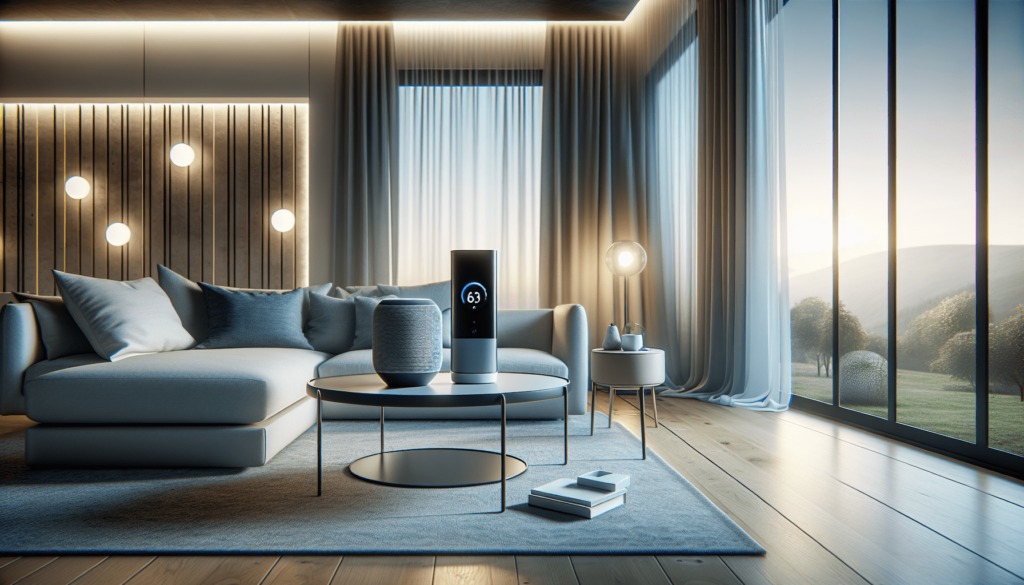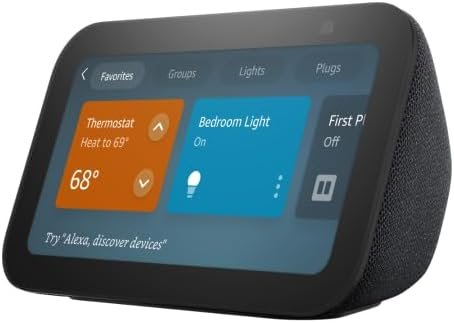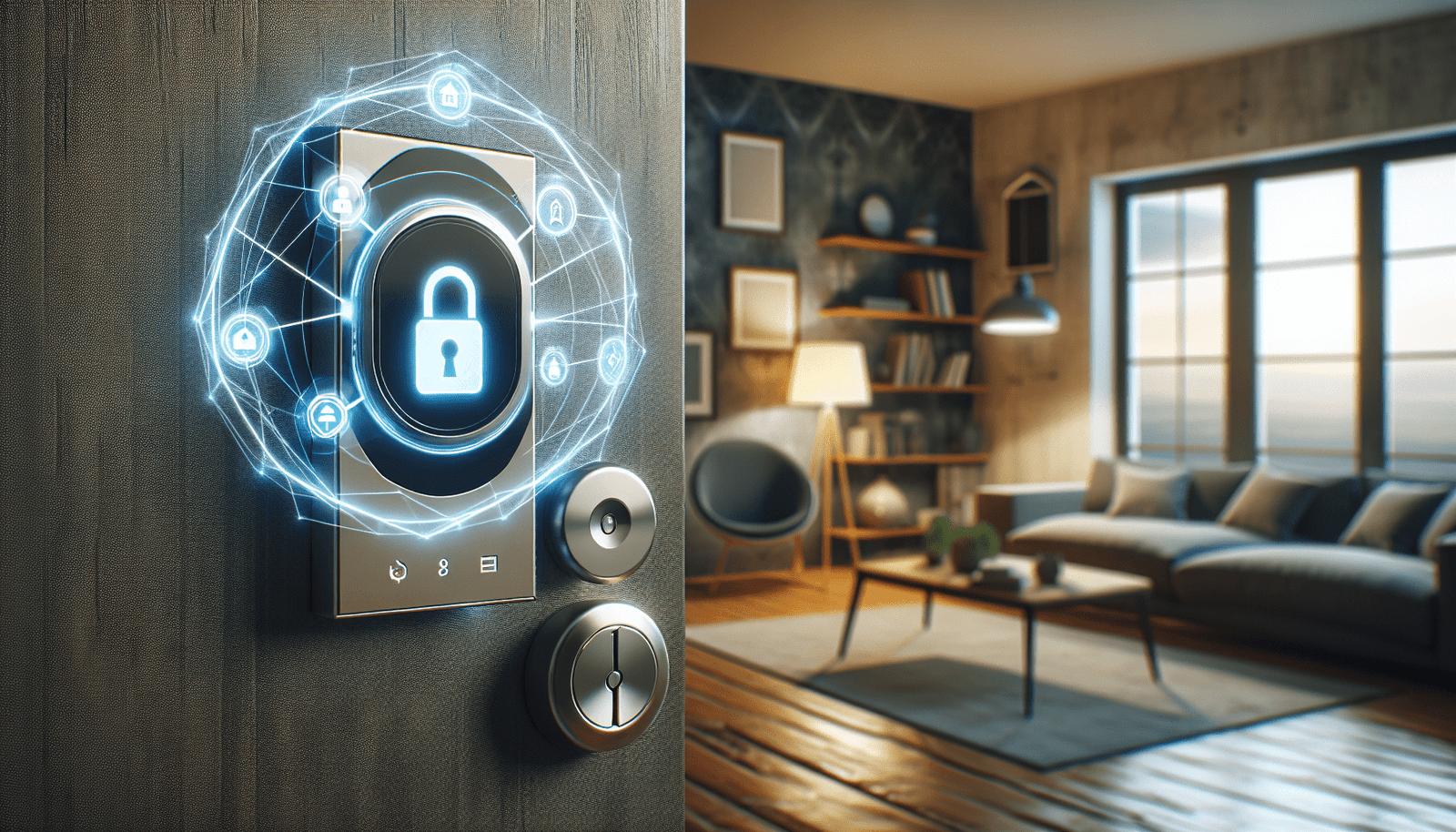Have you ever wondered how smart home devices can transform everyday living into a more comfortable and convenient experience? With smart technology rapidly becoming a staple in modern homes, understanding how these devices work, and how they can improve your living environment, is crucial. Whether you’re a homeowner, renter, or future buyer, integrating smart home devices into your daily routine can offer numerous benefits, from increased security to energy efficiency.
Understanding Smart Home Technology
What is Smart Home Technology?
smart home technology refers to devices and systems that allow you to control and automate various aspects of your home environment through a networked system. These devices connect over Wi-Fi or other wireless protocols, enabling you to manage them remotely via apps or smart assistants.
Types of Smart Home Devices
Smart home devices encompass a broad range of gadgets, from smart thermostats and lighting systems to security cameras and door locks. Here’s a brief rundown of common categories:
- Smart Security Systems: Include cameras, doorbells, and sensors to monitor your home.
- Smart Lighting: Control the brightness and color of lights using apps or voice commands.
- Smart Thermostats: Automatically adjust temperature settings for optimal comfort and efficiency.
- Smart Appliances: Include refrigerators, ovens, or washers that can be operated remotely.
- Smart Speakers and Assistants: Provide voice-controlled interaction within your home.
Cost and Value Considerations
Evaluating Installation Costs
When considering smart home technologies, it’s essential to balance upfront costs against potential savings and value. While some devices, like smart bulbs, are relatively inexpensive, others, such as comprehensive smart security systems, require a more substantial investment.
Long-Term Savings and Return on Investment
Smart home devices can lead to significant savings in the long run. For instance, a smart thermostat may reduce heating and cooling bills by learning your schedule and optimizing temperature settings. Similarly, smart lighting can decrease energy consumption by ensuring lights are only on when needed.
| Device Type | Average Cost (USD) | Potential Annual Savings (USD) |
|---|---|---|
| Smart Thermostat | $100 – $250 | $131 |
| Smart Lighting | $10 – $100 per bulb | $75 – $100 |
| Smart Security | $100 – $500 | Insurance discounts, peace of mind |

Comparing Smart Home Solutions
Real-World Use Cases
It’s beneficial to compare different solutions to understand which smart home devices align with your lifestyle and needs. Consider the following scenarios:
- Busy Professionals: Utilize a smart assistant and automated appliances to streamline daily tasks and save time.
- Families: Incorporate a comprehensive security system for peace of mind and use smart lighting for safety at night.
- Energy-Conscious Individuals: Focus on smart thermostats and energy-efficient lighting to minimize the carbon footprint.
Factors to Consider
When comparing devices, consider ease of use, compatibility with existing systems, and the range of features offered. For example, some smart security systems integrate smoothly with virtual assistants, providing seamless control and monitoring.
Practical Setup Guides
Installing Smart Home Devices
Setting up smart home devices doesn’t have to be daunting. Most gadgets are designed for user-friendly installation, with detailed instructions and tutorials available. Here’s a general setup guideline:
- Choose the Right Device: Research and select a compatible device for your needs.
- Download the Corresponding App: Most devices require an app to manage functions and updates.
- Connect to Wi-Fi: Ensure a stable internet connection for proper operation.
- Sync with Other Devices: Use hubs or platforms like Amazon Alexa or Google Assistant for broader integration.
- Test and Customize Settings: Experiment with personalized settings to suit your routine.

Security and Privacy Factors
Addressing Potential Risks
While smart home devices offer convenience, they also introduce potential privacy risks. Protecting your home network with strong passwords and keeping devices updated can mitigate these concerns. It’s crucial to understand the data sharing policies of each device to ensure your information is secure.
Safety Features and Best Practices
Implementing a few best practices can safeguard your smart home:
- Use Two-Factor Authentication: Add an extra layer of security by requiring a second form of identification.
- Regularly Update Software: Manufacturers release updates to patch security vulnerabilities, so keeping your device software current is essential.
- Segment Your Network: Create a separate guest network for smart devices to prevent potential breaches.
Energy Efficiency and Sustainability
Reducing Energy Consumption
Smart home devices play a significant role in enhancing energy efficiency. Beyond automating schedules, many devices offer insights into consumption patterns, allowing for informed adjustments to reduce waste.
Contribution to Sustainability
Adopting energy-efficient devices aligns with broader sustainability goals. By minimizing reliance on electricity and optimizing energy use, smart home solutions contribute to environmental conservation. For example, smart irrigation systems can help conserve water by assessing soil moisture and weather forecasts to determine watering needs.
Compatibility and Connectivity
Interacting with Platforms and Hubs
Compatibility is key to a harmonious smart home ecosystem. Most devices work with multiple platforms, but checking compatibility with your chosen assistant or hub is crucial. Here’s how popular platforms support smart home integration:
- Amazon Alexa: Works with a wide range of devices, simplifying voice commands and routines.
- Google Assistant: Offers extensive device support, with AI integration for predictive home management.
- Apple HomeKit: Focuses on privacy and seamless device syncing, particularly in the Apple ecosystem.
Ensuring Seamless Connectivity
Smooth operation relies on stable connectivity. Position your router for optimal signal distribution, and consider signal boosters if needed. Many devices offer guidelines on network requirements to ensure consistent performance.
Future-Proofing and Innovation
Exploring Emerging Trends
Smart home technology is constantly evolving, with innovations continuously enhancing functionality and usability. Key trends in development include:
- AI and Machine Learning: Future devices aim to learn user behaviors more holistically, providing anticipatory control without manual input.
- Increased Interoperability: New protocols and standards ensure broader compatibility across brands and platforms.
- Advanced Security Solutions: With privacy concerns rising, manufacturers are developing robust encryption and security measures.
Investing in Future-Proof Solutions
When investing in smart home devices, consider products capable of firmware updates to accommodate future innovations. Opt for well-established brands that demonstrate commitment to ongoing improvement and support.
Making Informed Decisions
Aligning with Needs and Budgets
Smart home devices offer myriad advantages, each suited to different lifestyles and priorities. Evaluate what’s best for your circumstances by considering:
- Lifestyle Compatibility: Choose devices that complement and enhance your daily routine.
- Budget Constraints: Assess investment against potential long-term savings and value.
- Security Concerns: Balance convenience with privacy, ensuring a secure smart home environment.
Exploring Smart Home Investments
For those intrigued by technology and efficiency, smart home devices represent a meaningful investment. By assessing your needs and potential benefits, you can select devices that deliver comfort, convenience, and peace of mind.
In navigating the world of smart technology, remember that it’s about enhancing your home environment in ways that are both innovative and practical. The right setup can transform your living space into a more connected, efficient, and enjoyable haven.




